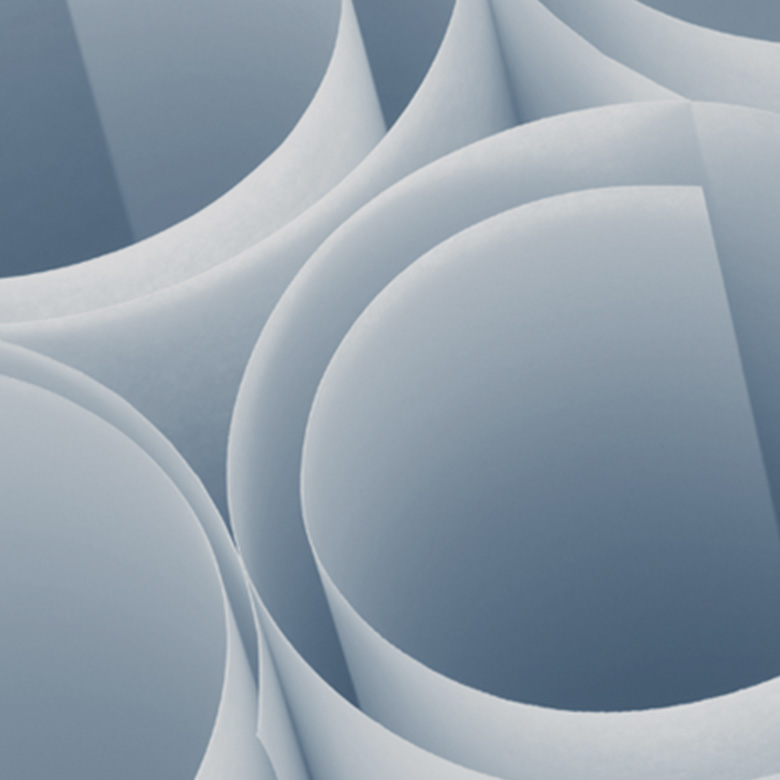
Tyvek® Converting Guide
What technologies are suitable for processing Tyvek®?
DuPont™ Tyvek® is a non-woven material made of 100% high density polyethylene fiber that integrates the excellent characteristics of paper, cloth and film. The processing feasibility same as paper, cloth and film endows it with wider application possibilities in printing, packaging, design and consumer goods related fields.
Unlike traditional printing substrate paper, Tyvek® is a material of a melting point of 135 °C, water-resistant and non-absorbent, which requires proper adjustment of parameters during certain processing. The following quick reference for processing Tyvek® is based on our current knowledge and will be subject to continuous updating.
Coating
The purpose of coating on Tyvek® materials is usually to achieve properties/tactility (e.g. PU coating), printability/convertibility (e.g. primer coating for water-based/eco-solvent based inkjet printing or heat-sealing coating), or to improve the performance of printing ink (e.g. primer for Latex, Indigo), etc.
Laminating
Laminating is a common processing technique in Tyvek® applications. Tyvek® can be laminated with various materials (such as paper, film, non-woven fabric and woven fabrics), different adhesives are considered for different substrates.
Gluing
Tyvek® has been widely used in printing and packaging, such as envelopes, notebooks, packaging bags and boxes, handbags, etc. and gluing technology is used on Tyvek® more and more. Tyvek® looks like paper but with quite different properties. During the gluing process, air bubbles and wrinkles are easily caused by improper glue selection or gluing methods. Tyvek® is a non-woven material made of high-density polyethylene and can also be classified as plastic. Moreover, Tyvek® does has unique thickness uniformity unlike typical paper. Therefore, in glue formulation selection, suitability reference should be made to plastic substrates. Water- based or solvent-based or hot-melt adhesive and animal glue can all be used on Tyvek®.
Note: Like gluing other materials, the characteristics of the substrate, the end use conditions and requirements etc. need to be fully acquainted before selecting glue. In addition, it is recommended to communicate with the glue vendor to select the appropriate glue formulation. Evaluation should be conducted before mass production.
Sewing
Tyvek® is more and more popular in consumer goods and sewing becomes the most common assemble method to Tyvek. As we mentioned previously, Tyvek® is a non-woven material and unlike woven fabric, the needle holes will not disappear after sewing. Therefore, it is recommended to choose smaller needles (e.g. No.10 needles) and not to sew too densely to avoid strength loss. In addition, Tyvek® has a smooth surface and is slippery in sewing. It is suggested to replace metal presser foot with plastic one to increase the friction coefficient.
Resource for download:
For detailed operation instructions for Tyvek® printing and processing, please download the complete version of Tyvek® Technical User Guide in PDF file.



